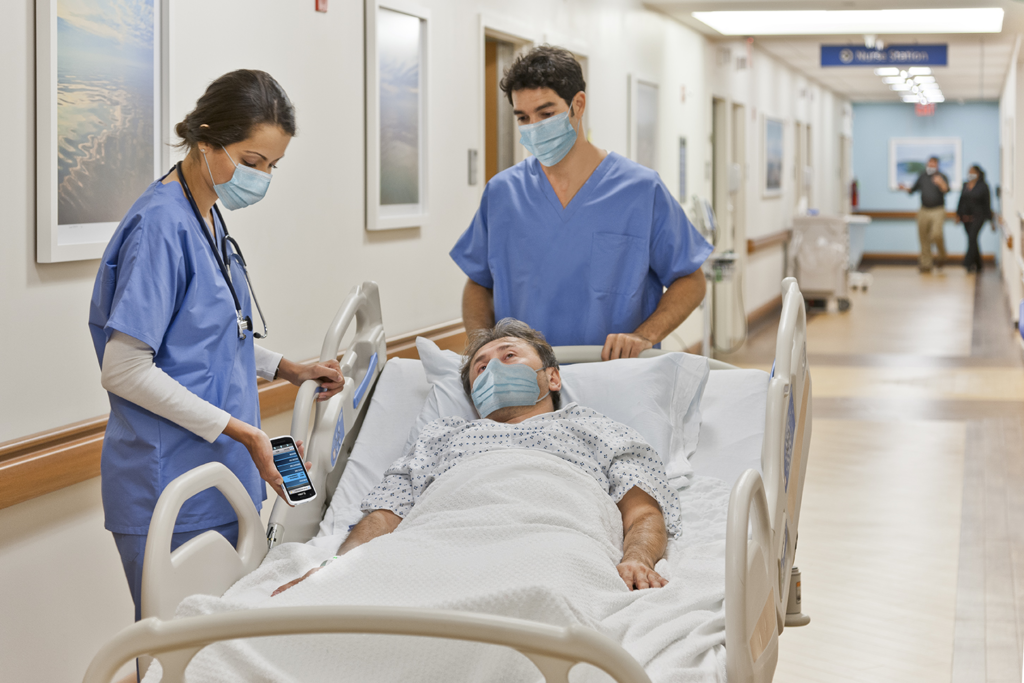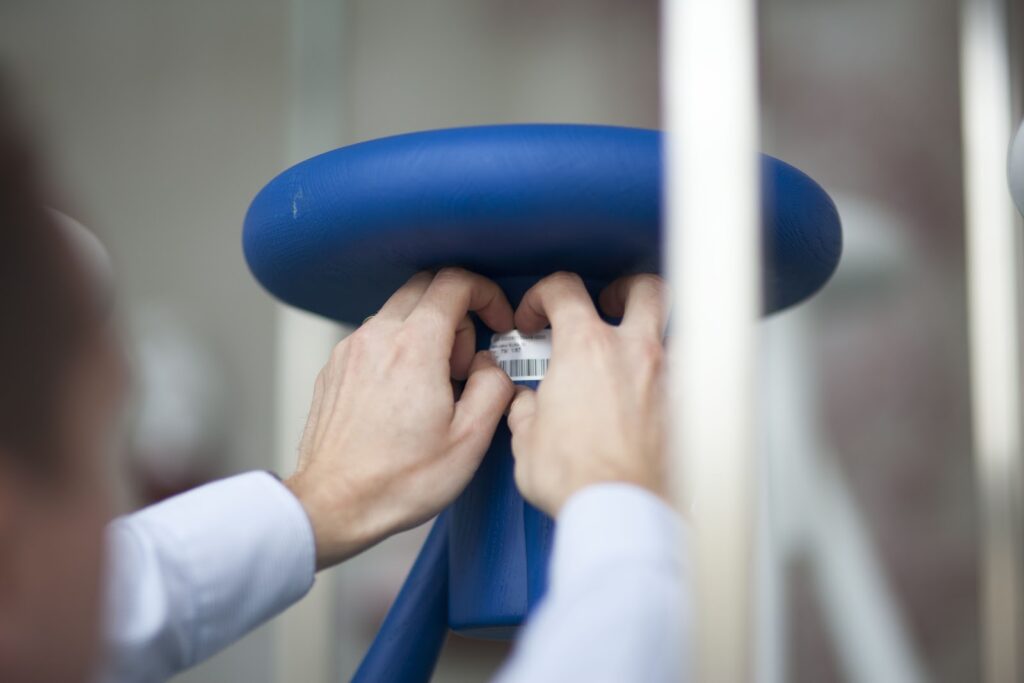Hospitals constantly reflect on ways to improve patient care – whether it’s through streamlining clinical workflows, enhancing the visibility of life-saving equipment, or ensuring patient safety by addressing security concerns. Radio Frequency Identification (RFID) technologies have been beneficial to a lot of healthcare facilities. They enable management to track and manage their assets more clearly while allowing staff to dedicate more time to doing their best. That being said, there are some key considerations business leaders need to weigh up before investing in RFID solutions.
What are the benefits of RFID technology in Healthcare?
1. Asset management: Many hospitals already use barcode technology to help manage their inventories and conduct stock counts. While barcode technology is a fantastic addition to wards – empowering workforces to have a precise view of what an asset is and where it has been – RFID tags can be embedded into labels with barcode functionality, with two noteworthy benefits. One is that RFID tags can be scanned without a line of sight, so instead of having to pick up each item in a stock room and scan it, you can simply wave a reader within range of the items intended to be counted – this means multiple items can be scanned at once. In perspective, it typically takes a person over 2 minutes to write down the information of twelve pill bottles. In contrast, it takes just 37.9 seconds to scan the containers using a barcode scanner. An RFID scanner can pick up all twelve products in just over one second. The second key benefit is that RFID tags can communicate to readers in real-time, informing devices of the exact whereabouts and statuses of various pieces of equipment.
2. Positive patient identification: Hospitals can positively identify patients in wards without manual intervention or disturbance with RFID wristbands. Let’s say a patient is asleep while recovering from intensive surgery; an RFID wristband could be scanned from a distance without removing swaddle blankets, drapes or clothing items. An RFID tag can communicate real-time, up-to-date medical records to clinicians’ devices when scanned.
3. Safety for vulnerable patients: RFID tags are handy for role-based access across maternity and mental health wards. They are also a better alternative for enabling single-sign-on to local devices without manually inserting cards into readers (where they can be forgotten, left or lost). A great use case for RFID wristbands is for newborn babies in maternity wards. For such vulnerable patients, security is a huge priority, and RFID tags can ensure that only hospital staff can get in. Any RFID wristbands that leave without authorisation trigger an alert within the hospital system.
What do I need to consider before deploying RFID technology?
1. The cost of development: There are many different types of RFID tags, and they all vary in price, functionality and role. While innovation has brought down the cost of RFID tagging in general, there is still a cost associated with it that should only be justified where RFID functionality is required and the cost incurred is offset by savings or the new efficiencies that will be generated.
2. Can barcode technology satisfy the same goal? The UK has created initiatives to unite healthcare facilities to modernise patient care. As a result, the vast majority of hospitals are already using barcode technology. There is a different conversation to be had here about whether their use of existing technology can be improved. Regarding RFID tagging, you must ask what information you need, how often you need it, how specific it needs to be and whether your existing technology can enable that same functionality with a couple of tweaks. In the case of inventory counts, how much time and money might you save in being able to scan a hundred items at the same time you would usually check one?
3. Installation and infrastructure: active RFID tagging requires the installation of readers and antennas throughout hospital wards and connectivity infrastructure to ensure devices and tags can operate seamlessly. This means it’s essential that solution providers have access to teams of engineers who are skilled and experienced in rolling out solutions quickly and reliably.
How can I decide what is suitable for my healthcare facility?
From our experience, the best business leaders have a clear vision around what they want for their business, as well as a firm understanding of the challenges frontline workers are facing and an appreciation for the expertise of solution providers in explaining what technology is available and how it can be applied to their business, to realise best value. You should contact an experienced IT professional to ensure you are taking the best next steps for your business.
Mark Gilkes wrote this Article
Mark Gilkes is our senior Account Director and Healthcare Lead here at MiTEQ. He has spent 30 years working with private and public healthcare facilities to improve patient care, expenditure, and overall efficiency. Contact Mark directly via Mark’s LinkedIn page or MiTEQ’s solutions team here. It doesn’t matter what stage your business is at; if it relates to transformation, we can point you in the right direction.




